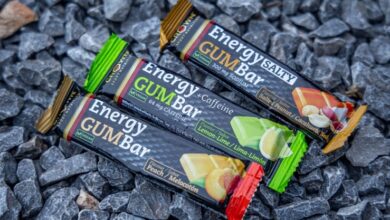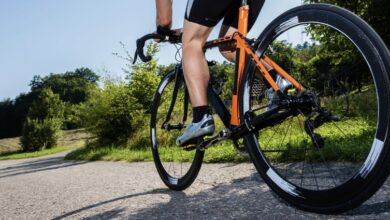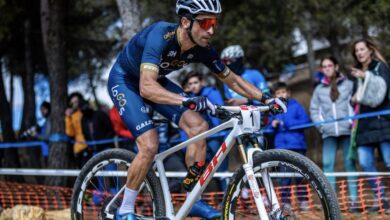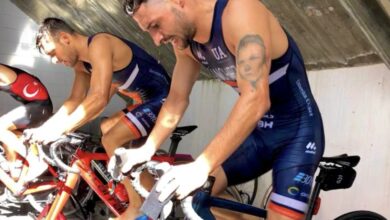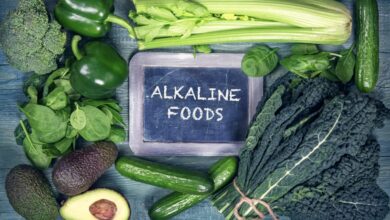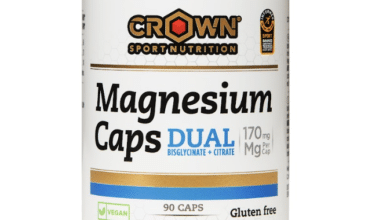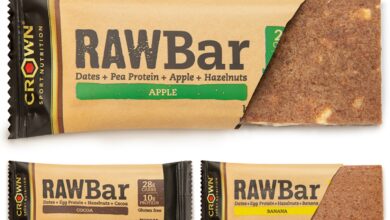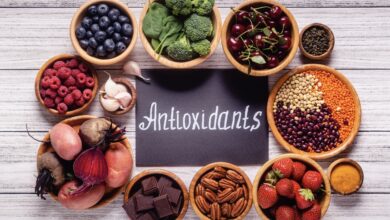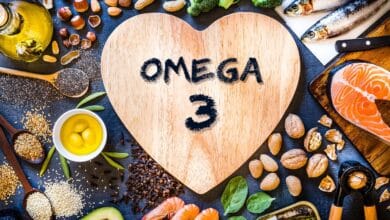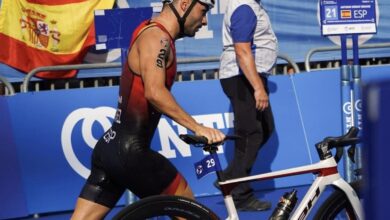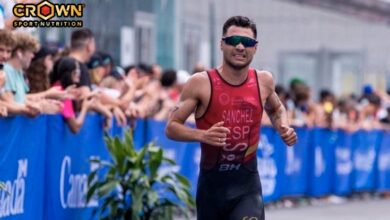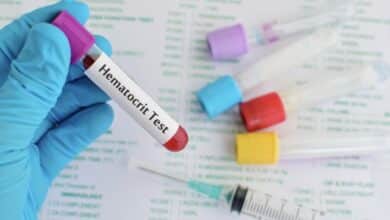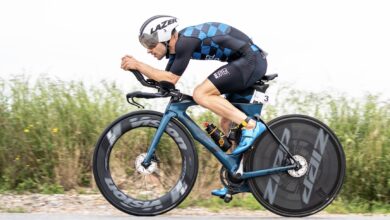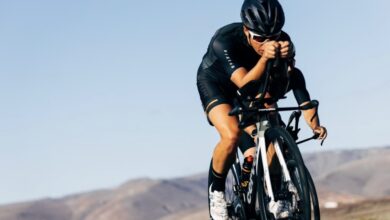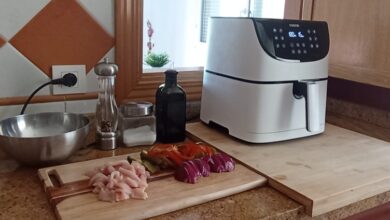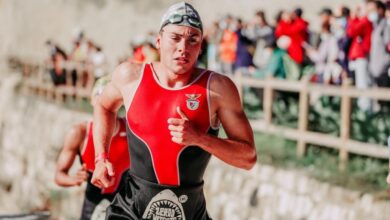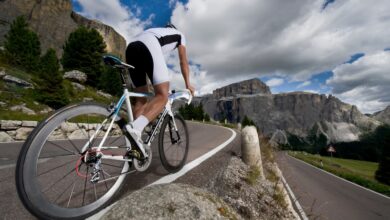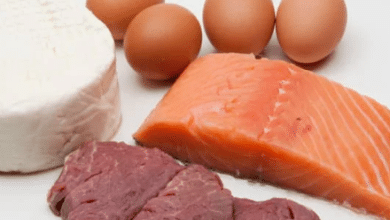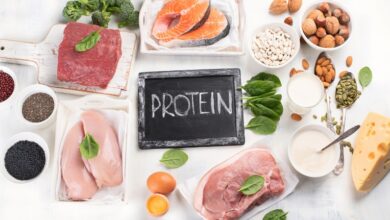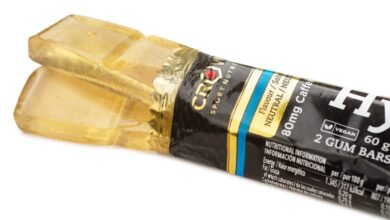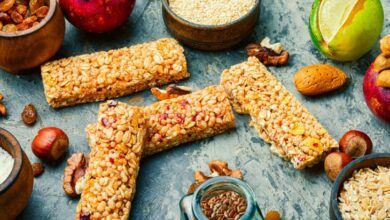How much liquid should I drink so that the performance is not affected in competition?
Poor hydration has a progressively negative impact on exercise performance
The team of nutritionists of our collaborator in sports nutrition Multipower has developed an article where they tell us that strategy to follow during the competition on the intake of liquids so that performance in the race is not affected.
La loss of fluid during training through sweating varies between individuals; The losses during a runner workout can range from 800-1500 ml / h in women and from 1200-2500 ml / h in men. Poor hydration has a progressively negative impact on performance in the exercise, even when you lose between 1-3% of body weight.
Therefore, the hydration during trainingIt should be planned to replace at least 80% of the loss due to sweat. The broker may Know your fluid losses During training, to plan your fluid intake, the goal is that at the end of a workout, the total weight loss does not exceed 1% of the initial weight.
If you start training with 70 kg, you should arrive at least with 69,3kg (1% dehydration) and not less than 68,6 Kg (2%)
To assess the status of hydration, a universal, valid, economic and feasible indicator of body water changes is used, which consists in controlling changes in body weight. As a summary, the steps to follow to evaluate our hydration status and therefore our liquid needs are specified below:
|
Indications |
Steps |
Description |
|
The measurements another day of different conditions. This way you will have an idea of the different environmental conditions can be and therefore how they can affect your sweating rate. |
1 |
Weigh yourself before the race (without clothes). |
|
2 |
Do your daily training / activity. |
|
|
3 |
Control the amount of liquid you drink. Anotalo. |
|
|
4 |
Weep after finishing (without clothes). |
|
|
5 |
Subtract the weight obtained from the first one. |
|
|
6 |
Calculate the difference and add to this weight, the liquid ingested. This is called fluid loss per session or sweating rate The total corresponds to the losses of liquids produced in the total activity. |
|
|
7 |
To determine how much you should drink each 15 min. Divide the sweat rate per hour by 4. It is a guide of the amount to ingest each 15 min. |
|
|
8 |
Record the weather conditions of this day and repeat |
1 table. Steps to follow to assess the state of hydration and need for fluids for an activity / exercise, according to changes in body weight (own preparation).
It must be remembered that the effective hydration it is not achieved simply by drinking a lot of water; Electrolytes and especially sodium, which is also lost in sweat, must be replaced. Losses of sodium in sweat are highly variable; well-trained athletes acclimated to heat generally have a concentration of sodium (Na) in sweat that ranges from 115-690 mg Na / L;19 while the non-acclimatized or untrained usually lose greater amounts of Na 920 to 2300 mg / L.
Due to all this, we must not forget that once known the needs of liquids to ingest during training, these have to be replaced through isotonic drinks. Isotonicdrink, will be one of the ideal isotonic drinks to face the training, because at the same time that it hydrates us, they contribute Na, helping to diminish its loss (it has 580mgNa / L of drinks, value that is within the recommendations of isotonic drinks for the athlete).
REFERENCES
- MataixVerdú J. Physiology of hydration and hydric nutrition. Monograph edited with the collaboration of Coca-Cola Spain; 2009
- Cheuvront SN, Sawka MN. Hydration Assessment of Athletes. Sports Science Exchange 2005; 97, Vol. 18: (2).
- Palacios Gil-Antuñano N, Bonafonte LF, Manonelles Marqueta P, Manuz González B, Villegas García, JA. Consensus on drinks for athletes. Composition and fluid replacement guidelines. Consensus document of the Spanish Federation of Sports Medicine. AMD 2008; 126: 245-58.
José Miguel Martínez Sanz and Aritz Urdampilleta Otegui
Scientific-Technical Advice for Sports Planning, NUTRIAKTIVE.
www.nutriaktive.com
There are no previous results.







